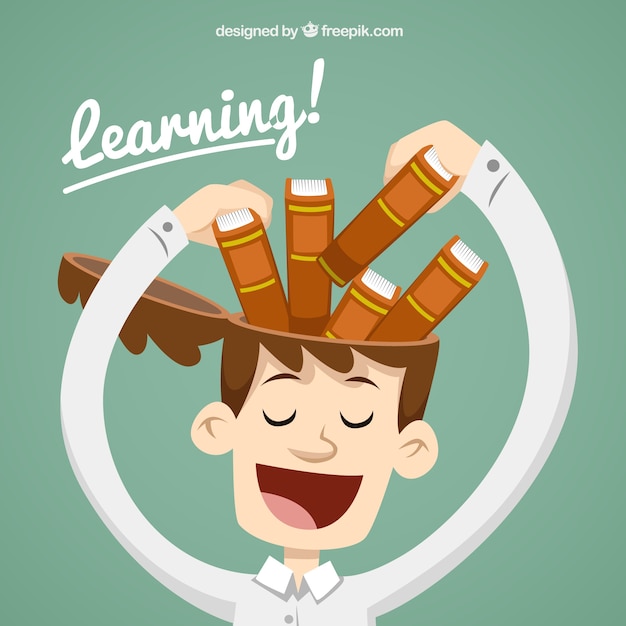 Over the next week I will be finishing my final two PIDP courses. Boy what a journey it has been! I started this program last July, but it feels like much longer. This is not to say it was not fun. Quite the opposite! The personal and professional growth you experience makes the time fly and seem much longer at the same time.
Over the next week I will be finishing my final two PIDP courses. Boy what a journey it has been! I started this program last July, but it feels like much longer. This is not to say it was not fun. Quite the opposite! The personal and professional growth you experience makes the time fly and seem much longer at the same time.
Reflecting on this time, the most important insight is how diverse the roles in education actually are. At the beginning of the program, I had a lot of difficulties defining my role. I felt uncomfortable with most common labels, such as trainer, professor, teacher, facilitator, as these did not my job. I don’t teach in an institution and I spend very little time in the classroom facilitating lessons. The act of instruction is a very small portion of my job. As a learning and development professional, my role is part instructional designer, part facilitator, part program manager, and part organizational development consultant. While there are times that I do directly facilitate training sessions, much of the time I am consulting with client departments to develop learning programs, which they will facilitate to their teams.
In the beginning, I felt like what Brookfield terms an “impostor”. I was pretending to be a teacher in a teaching program, but did not really belong there. What’s worse, being in the corporate role, sometimes it’s more feasible to use training vendors for particular needs, which I often facilitate. What REAL teacher does that? right?
The fact is just as learning takes on different forms, so does teaching. One of my most insightful moments of the program came after discovering the term “teachers as curators” (Bowen, 2012). Technology, with it’s plethora of content, is driving education to become less a means of content delivery. Why focus on delivering content, when superior content already exists ‘out there’. Class time can then be spent focusing on critical thinking, problem solving, and application of skills. This is what I do as a teacher. I supply learning content–be it what I develop or external content–and create learning experiences where learners develop deeper critical thinking skills. I am a teacher after all! What’s even deeper is that I am a new age teacher. If technology continues to drive education in this direction, I am prepared as I am already practising technically conscious techniques.
So I am a tech savy teacher teaching in a new way that technology is driving forward. I also work in the technology sector. This is my advantage and opportunity. As I develop in my practise I will continue to focus on integrating technology in aspects of my design and facilitation. Academically, this is also the area where my passion lies and I plan to start a graduate degree in this area.
While I am keenly interested in Educational Technologies, I am also aware that this can create a distance between you and the student. E-learning alone can be isolating and you have to work extra hard to stay engaged. Some learning technologies too may make content look pretty, but what guarantees students will actually engage with the material rather than fast forward or click through? This is a core challenge of e-learning. One must stay humble to the basics of engagement strategies and not expect that technology automatically guarantees engagement.
Just as the PIDP was a journey, I expect that my career too will be another filled with just as much growth.
 Over the next week I will be finishing my final two PIDP courses. Boy what a journey it has been! I started this program last July, but it feels like much longer. This is not to say it was not fun. Quite the opposite! The personal and professional growth you experience makes the time fly and seem much longer at the same time.
Over the next week I will be finishing my final two PIDP courses. Boy what a journey it has been! I started this program last July, but it feels like much longer. This is not to say it was not fun. Quite the opposite! The personal and professional growth you experience makes the time fly and seem much longer at the same time.


 For anyone who does not already know, Ethics is one of my favourite topics. I studied Philosophy in university and this remains one of my favourite subjects to this day.
For anyone who does not already know, Ethics is one of my favourite topics. I studied Philosophy in university and this remains one of my favourite subjects to this day.